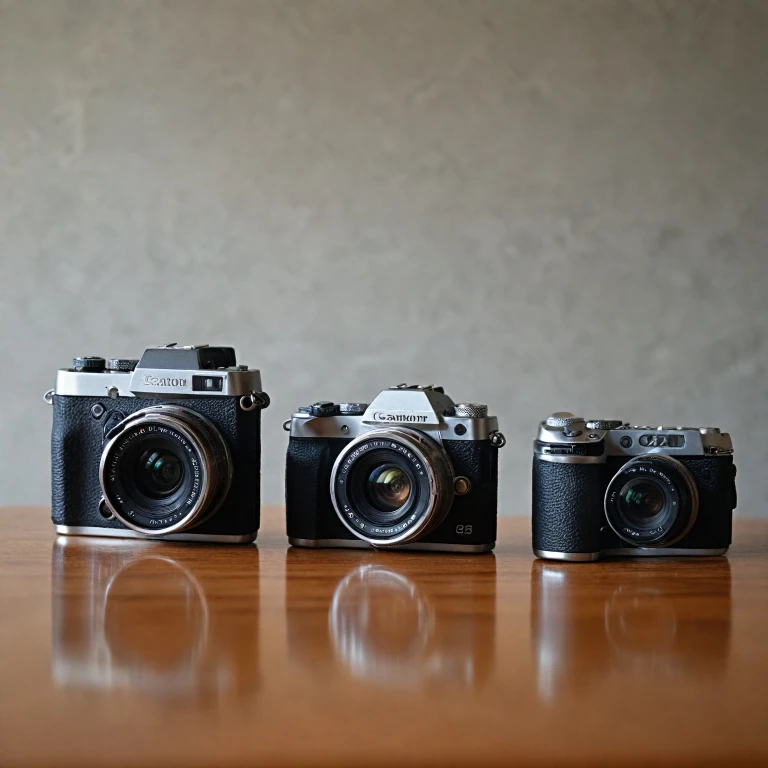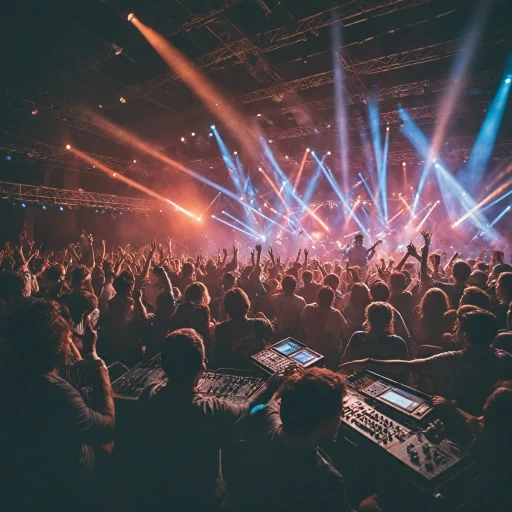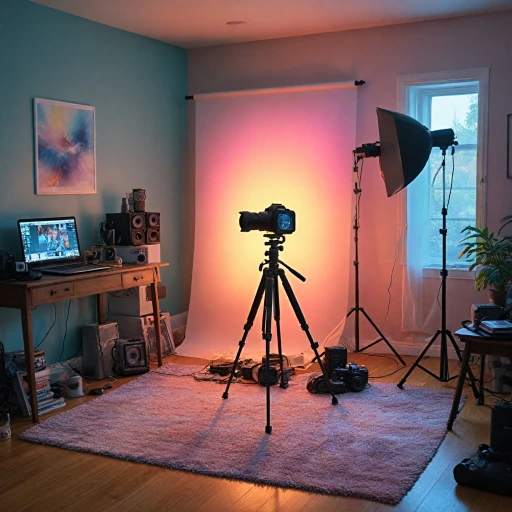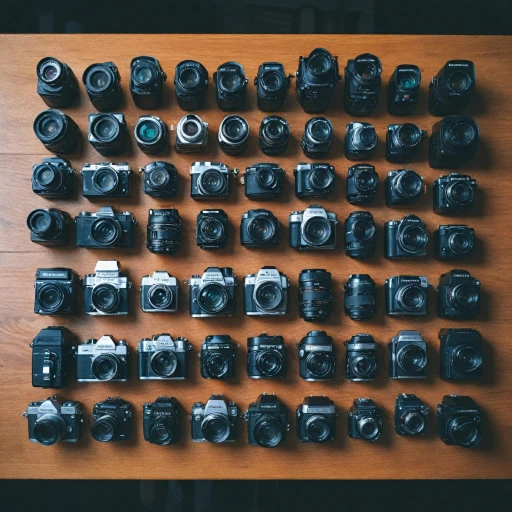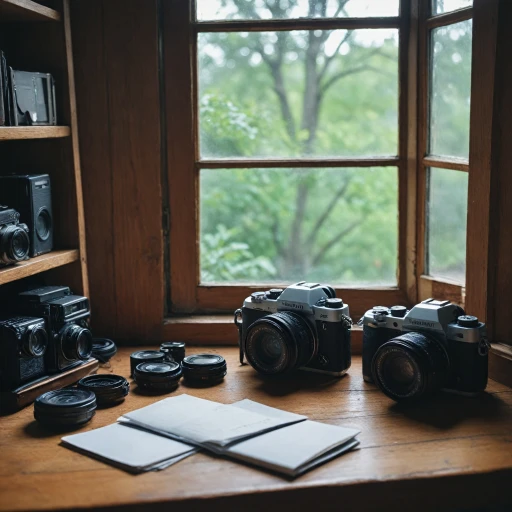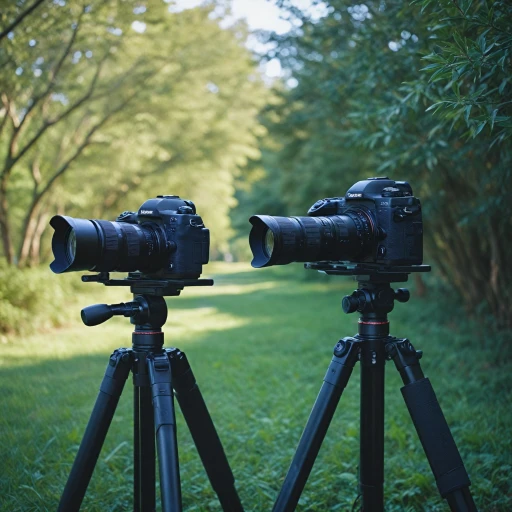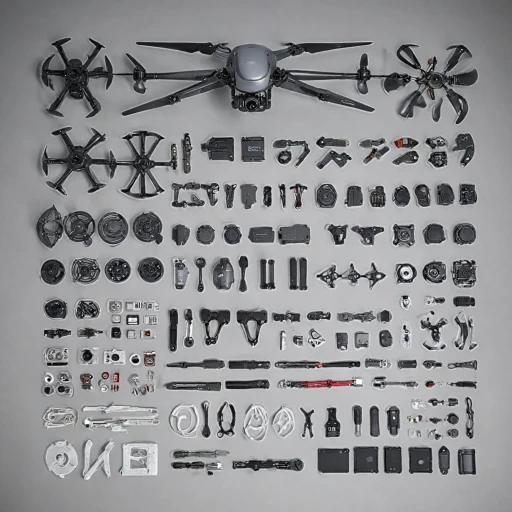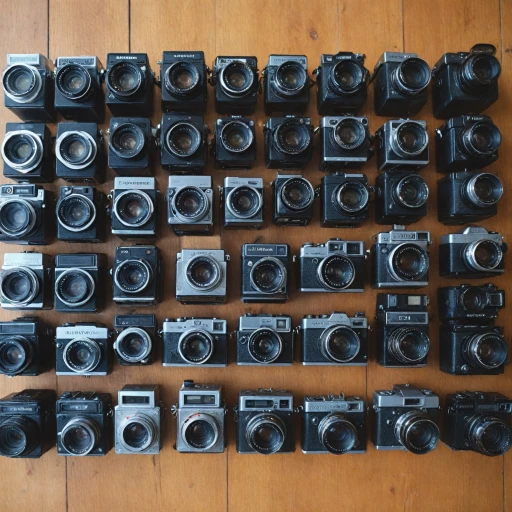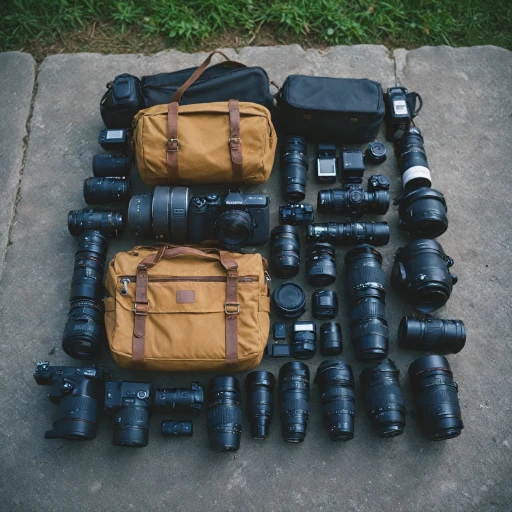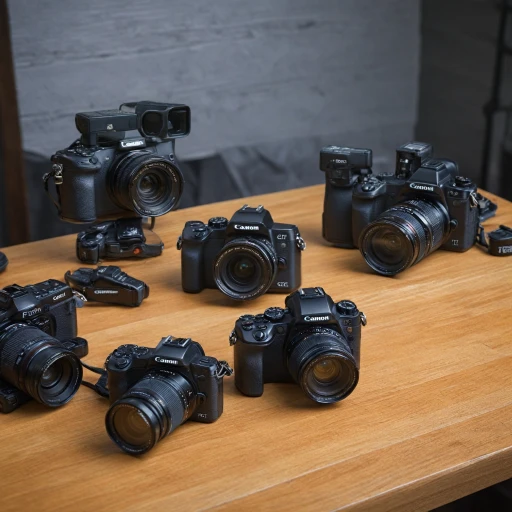
Understanding the Key Features of the Canon R8
Specs and Sensor: Capturing the Essence
The Canon EOS R8 is designed for photographers and videographers looking for a streamlined yet powerful tool. As a mirrorless camera, it provides excellent features suitable for a variety of shooting situations. At the heart of the R8 is a full-frame sensor, designed to deliver outstanding image quality. The sensor, coupled with the DIGIC X processor, ensures impressive rendering capabilities that cater to serious photography enthusiasts.
Performance and Versatility
This camera EOS has been tailored for individuals who need versatility delivered by a compact body. Photography enthusiasts appreciate the generous 24.1-megapixel resolution, which, when paired with compatible Canon USM lenses, enhances the ability to capture images with stunning clarity and richness.
Speed Influencing Creativity
The electronic shutter offers continuous shooting at up to 12 fps, showcasing a balance between performance and precision. This characteristic is crucial for capturing fast-moving subjects, ensuring photographers never miss a moment. Moreover, for those interested in video, the R8 presents advanced video options, supporting 4K video at a noteworthy frame rate, making it a formidable competitor when comparing video hoops.
Battery and Connectivity: Keeping Apace
Regarding battery life, the Canon EOS R8 offers sufficient usage time, ideal for those extended shoots, and features dual card slots to increase storage capacity and workflow efficiency. The connectivity options on this EOS mark are robust, supporting both USB and wireless transfers, catering to the modern photographer's demands.
The Canon R8 is clearly a well-rounded piece of technology. Its ability to perform in low light, paired with its durable and lightweight body, makes it an appealing choice for both novices and seasoned pros eyeing the balance between advanced technology and ease of use.
Exploring the Canon R6 Mark II Capabilities
Key Features of the Canon R6 Mark II
When considering the Canon R6 Mark II, it’s important to delve into its robust capabilities. This camera is a significant player in the realm of mirrorless cameras, reinforcing Canon's reputation in digital photography. Here, we examine the essential attributes that make it stand out from its predecessor and other models.- Sensor and Image Quality: At the heart of the R6 Mark II lies a full frame sensor, which serves up remarkable image quality. Coupled with the advanced pixel CMOS technology, this camera promises vibrant photographs even in challenging low light conditions, ensuring you capture every detail in your photography endeavors.
- Speed and Performance: The R6 Mark II boasts impressive performance with high-speed continuous shooting. With a rate of up to 20 fps using the electronic shutter, it proves indispensable for dynamic subjects such as wildlife or sports. Additionally, the dual pixel AF system ensures rapid focus and sharpness across all frames.
- Video Capabilities: The camera empowers creators with advanced video capabilities, offering 4K video recording. It supports both real-time and slow-motion capture, making it a versatile tool for videographers looking for seamless transitions between still and moving images.
- Design and Usability: The body of the R6 Mark II is crafted for usability. With a user-friendly interface that complements its robust functionality, photographers can enjoy a seamless shooting experience. Notably, the battery life supports extended use, and with dual card slots, it caters to professionals who require extra storage and flexibility.
- Canon Lens System: Compatibility with the extensive range of Canon EOS lenses, including those with USM technology, enriches the creative potential of the R6 Mark II. It allows photographers to truly tailor their kit to their specific needs, whether they are shooting landscapes or portraits.
Image Quality: R8 vs R6 Mark II
Evaluating Image Quality: Finding the Perfect Balance
When considering the Canon R8 and the R6 Mark II, both stand out as remarkable options in the realm of digital cameras, each boasting significant strengths in image quality. The core difference lies in the sensor specifications as both are full-frame cameras, but the pixel density and low light performance set them apart. The Canon R8 is equipped with a 24.2-megapixel full-frame sensor, which is excellent for video production and still photography. The EOS R8 supports raw image capture and utilizes the high-performing Canon USM lenses, making it an excellent choice for photographers who require impeccable detail in every shot. The capability to shoot in dual pixel CMOS autofocus ensures sharpness and clarity in varying light conditions. On the other hand, the R6 Mark II offers a 20.1-megapixel full-frame sensor, tuned for enhanced low light performance and efficient shutter speed control. This is incredibly useful for demanding scenarios where lighting can be challenging. Its dual card slots facilitate reliable continuous shooting, making this version of the EOS line ideal for professionals who need sustained performance without compromises in quality. Both cameras, being mirrorless, are designed with light weight in mind, but don't let their compact body fool you. They offer robust image quality that can challenge traditional DSLR models. For a photography enthusiast looking to explore the world while capturing stunning visuals, it's worth considering a camera backpack to safeguard your gear. Ultimately, determining which camera suits your needs depends on what you prioritize more: the all-around excellence in varied photography and video scenarios offered by the R8, or the superb low light performance and additional card slots that the R6 Mark II provides for rigorous shooting tasks. Both are stellar choices in the realm of modern EOS digital cameras, making them highly valued among photographers.Performance and Speed Comparison
Spotlighting the Differences in Speed and Performance
When diving into mirrorless cameras like the Canon R8 and the R6 Mark II, performance can often be a deciding factor. Whether you're a professional aiming for commercial-grade photography or an enthusiast capturing everyday moments, understanding how these models fare in speed and reliability is crucial. The Canon EOS R8, with its dual pixel CMOS sensor, offers a commendable continuous shooting rate that ensures smooth operation when capturing fast-moving subjects. This version of the EOS camera delivers up to 12 fps using its mechanical shutter, which is impressive for a compact camera body. The R8's electronic shutter enables an even faster 20 fps continuous shooting for photographers who demand speed without sacrificing image quality. On the other hand, the R6 Mark II pushes the boundaries further. It features an innovative dual card slot system, allowing photographers more storage flexibility during intense photography sessions. The R6 Mark II outshines the R8 in terms of speed, offering up to 20 fps in mechanical mode, asserting its dominance in the realm of full frame EOS cameras. This model also highlights Canon's commitment to low light performance with improved noise reduction capabilities that benefit both photography and video. Beyond shutter speeds, battery life is an essential aspect of performance that affects photographers in the field. Both cameras boast impressive endurance; however, the R6 Mark II's superior battery efficiency means fewer interruptions during extended shoots. That extra stamina ensures you capture more shots and seconds of video without worry. When it comes to autofocus, the Canon USM lens compatibility plays a significant role. Both the R8 and R6 Mark II utilize Canon's renowned USM technology, promising swift and silent autofocus operations, indispensable for video recording and high-speed photography. In conclusion, while the R8 meets the needs of enthusiasts desiring a solid performance, the R6 Mark II clearly stands out with its accelerated speed and advanced functionality, catering to professionals who require nothing short of excellence.Video Capabilities: Which Camera Excels?
Unveiling the Video Strengths of EOS Cameras
When it comes to video capabilities, both the Canon R8 and R6 Mark II stand out as impressive choices in the realm of EOS mirrorless cameras. This owes much to Canon's commitment to integrating cutting-edge technology into their digital cameras, offering filmmakers and content creators advanced tools for their craft. The Canon R8, with its full frame sensor, delivers exceptional video quality in various lighting conditions, including low light environments. This camera boasts an impressive continuous shooting rate, thanks to its high fps (frames per second) capability. The R8 is equipped with dual pixel CMOS autofocus, which enhances the sharpness of moving subjects in your footage. In contrast, the Canon R6 Mark II takes it a step further with added features that make it a powerhouse for videography. It utilizes advanced image processing and an impressive electronic shutter that minimizes noise even in challenging lighting situations. The R6 Mark II’s ability to handle 4K video with dual card slots ensures both high-quality recording and reliable data storage, crucial for professional video work. Both of these EOS cameras support RAW format video, a feature highly appreciated by videographers for the flexibility it offers in post-processing. Moreover, Canon USM lenses complement these bodies, providing smooth, fast, and silent focusing—ideal for video production. When it comes to battery life, the R6 Mark II may have a slight edge. However, both cameras are designed to handle demanding video shoots with efficiency. In summary, when deciding between the R8 and R6 Mark II for video, consider the R6 Mark II if you require more robust features and higher-end video capabilities. The R8, meanwhile, offers a reliable, versatile package suitable for many video applications, all within a body that balances performance and portability effectively.Price and Value for Money
Evaluating the Cost Against Features
When considering your investment in a new camera, it's essential to weigh the price against the features each model offers. Both the Canon EOS R8 and the Canon R6 Mark II are competitive full-frame cameras in the mirrorless segment, but they come with different price tags.
The Canon EOS R8 is positioned as a more affordable option, appealing to budget-conscious photographers and videographers who still desire a full-featured camera body. It offers reliable performance with a substantial battery life, which might be suitable for those who prioritize cost-effectiveness without compromising too much on capabilities.
On the other hand, the Canon R6 Mark II demands a higher initial investment. This is justifiable by its enhanced image quality and superior video capabilities, as explored in the previous sections. With faster FPS in continuous shooting and improved dual pixel autofocus, especially in low light conditions, this model can meet the needs of more demanding photographers who seek high-level performance.
Moreover, the R6 Mark II offers better value for professionals requiring features such as dual card slots and weather sealing – elements that might prove indispensable during extensive photography sessions. Conceivably, these additions could make the R6 Mark II worth the extra expense for those who frequently demand robust performance from their gear.
Ultimately, the decision between these EOS Canon cameras comes down to individual needs and budget constraints. Whether it’s the advanced features of the R6 Mark II with its superior electronic shutter performance or the cost-effective offerings of the R8, your choice should align with your specific needs in digital cameras.
